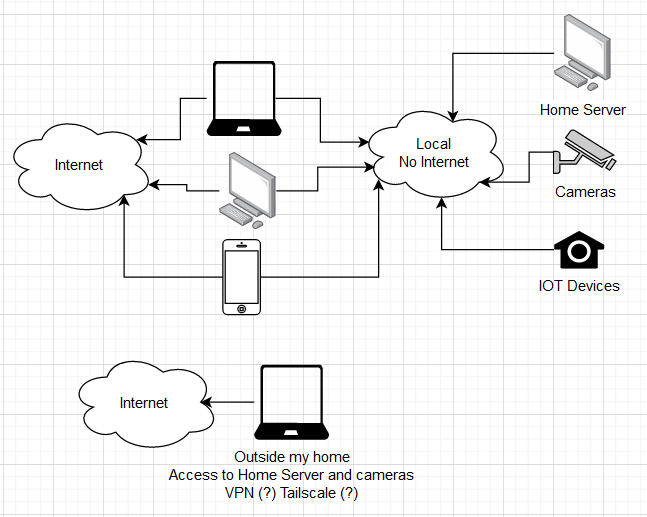Selfhosted
A place to share alternatives to popular online services that can be self-hosted without giving up privacy or locking you into a service you don't control.
Rules:
-
Be civil: we're here to support and learn from one another. Insults won't be tolerated. Flame wars are frowned upon.
-
No spam posting.
-
Posts have to be centered around self-hosting. There are other communities for discussing hardware or home computing. If it's not obvious why your post topic revolves around selfhosting, please include details to make it clear.
-
Don't duplicate the full text of your blog or github here. Just post the link for folks to click.
-
Submission headline should match the article title (don’t cherry-pick information from the title to fit your agenda).
-
No trolling.
Resources:
- selfh.st Newsletter and index of selfhosted software and apps
- awesome-selfhosted software
- awesome-sysadmin resources
- Self-Hosted Podcast from Jupiter Broadcasting
Any issues on the community? Report it using the report flag.
Questions? DM the mods!
view the rest of the comments

You’d put a router with firewall capabilities in place of that cloud on the right. The devices you don’t want to have internet access will be put into a different subnet than your normal home LAN on the left. You’ll then make a “Deny all” rule so that the devices on the right can’t leave their subnet, with the exception of any explicit allow rules that you make.
This, pretty much - except you can do it with one router, the internet access point/gateway router.
Set up DMZ that can only access internal network, then set up a VPN and use that to access DMZ. If you need to, you can make a pinhole for one service or another, but you shouldn't need to because they're exposed to the LAN, and the LAN is accessible via VPN.
I suppose "DMZ" isn't exactly the right term, there, because that's typically somewhat exposed externally, but.. ..same idea, just no external exposure.